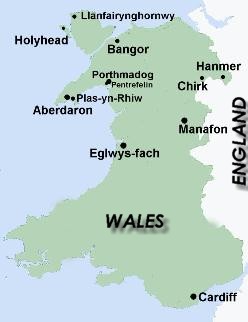
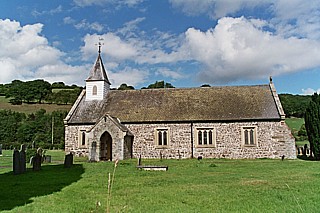
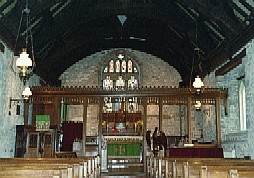
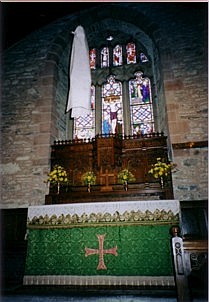

|

|
||

|

|
||
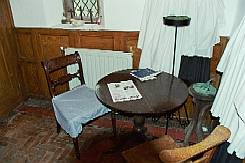
|
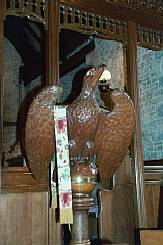
|
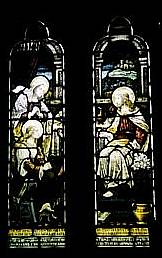
|
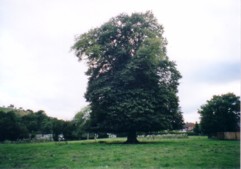
|
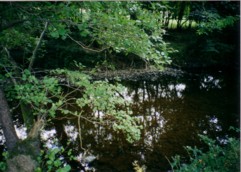
|
R.S. Thomas was ordained as a rector and moved to Manafon with his wife in 1942, in order 'to return to the true Wales of' his 'imagination.'1 On the main but narrow street stood The Parish Church of St. Michael's and All Angels, where he was going to serve for almost ten years.
Manafon was a small valley village, without any electricity or telephone when R.S. served, surrounded by hills. The parishioners were earthy farmers. The river Rhiw, which was thick with trout, flowed behind the rectory and the church had been built from the river stone. There was a very large ash tree at the end of the lane which led from the rectory to the main road. One autumn all the leaves of this tree turned yellow and fell for hours like "a golden fountain playing silently in the sun."2 The image of the tree lingered in his mind even after he left Manafon, and he wrote 'The Bush' in Later Poems (1983) and 'The Prayer' in Laboratories of the Spirit (1975).
When he was in Chirk he made up an imagenary Wales as a small rural community with humble Welsh-speaking farmers, which was later called 'Welsh Wales' or 'Welsh Eden.' So his dream seemed to come true -- until he knew the Manafon farmers had Welsh names but did not speak Welsh, but English in their daily lives. He "preached about farming as an innocent vocation, and of nature as part of the economy of God."3 but no parishoner listened to it. They were more rough and earthy than he imagined. However their lives on the poor hills were severer and more inhuman than what he expected in a rurual life. It was harsh enough to blown away such a young rector's unreal ideal.
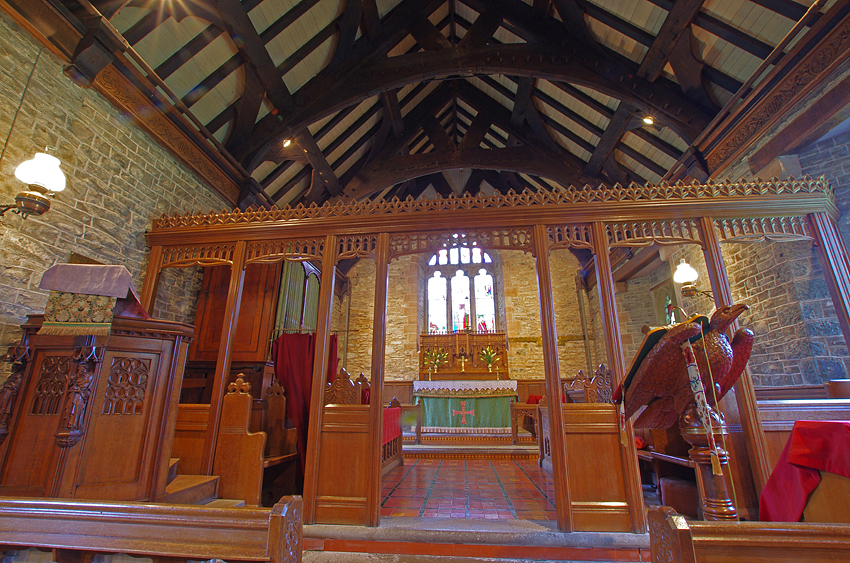 |
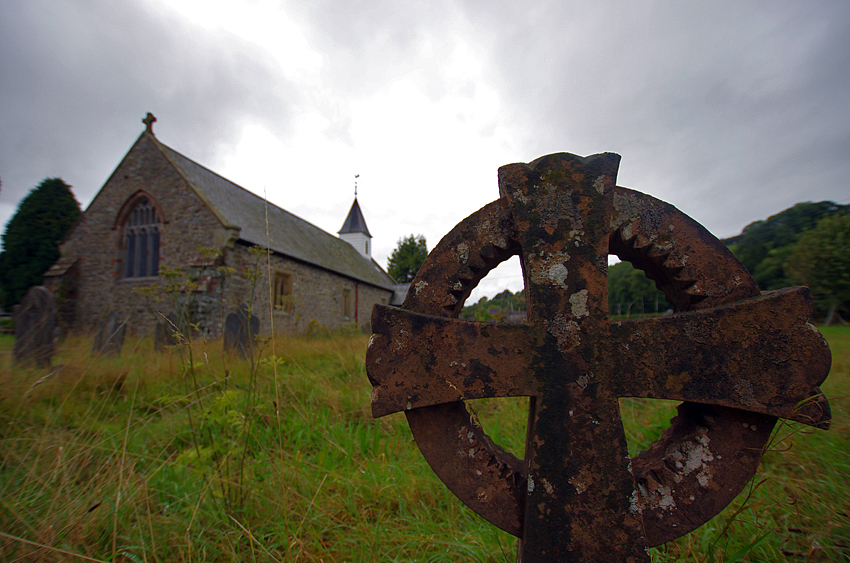 |
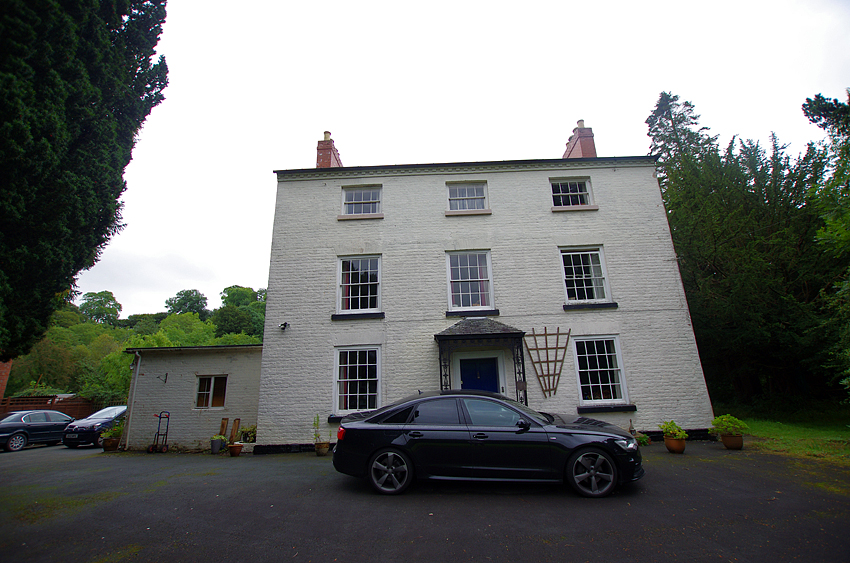 |
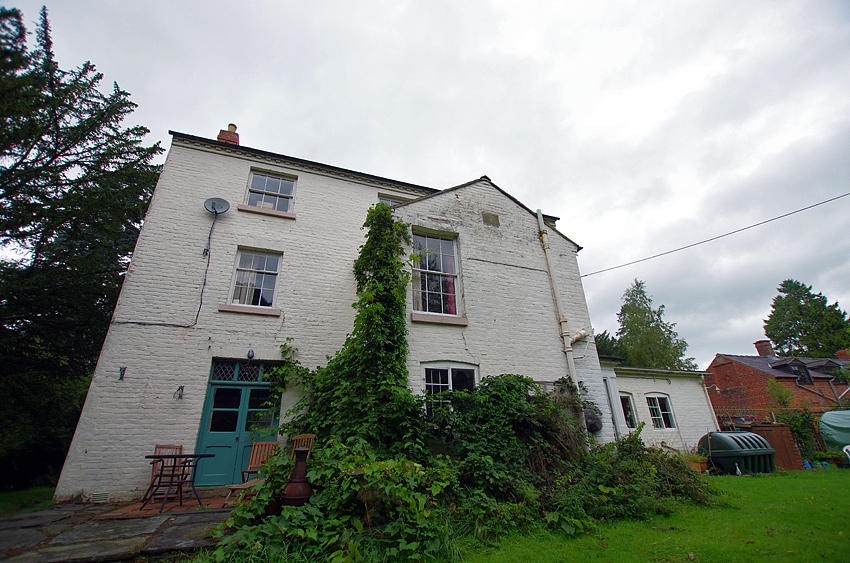 |
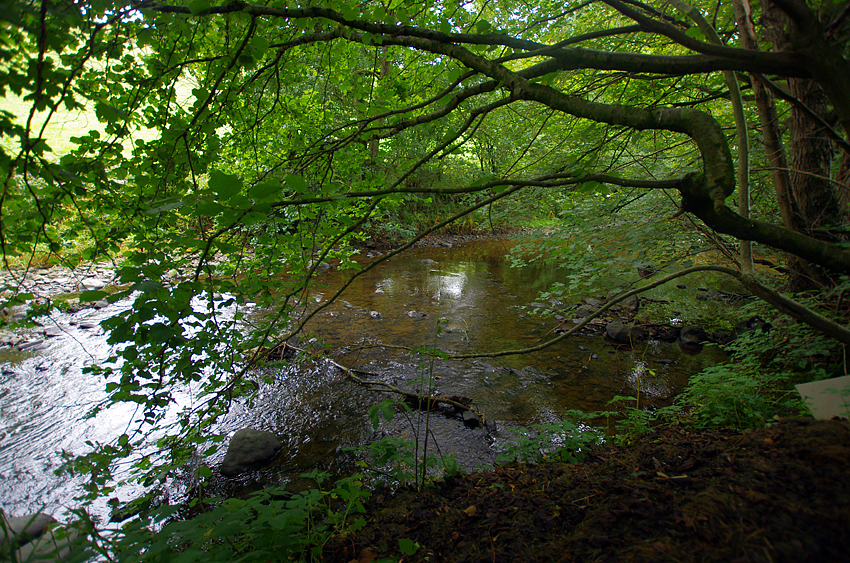 |
 The inside of the church* / The old celtic cross in the churchyard
The inside of the church* / The old celtic cross in the churchyardR.S. would read books at his room in the morning, expecting he could catch a sight of a rare bird through the window. In the afternoon he visited frequently the parishioners and listened to the old. One gray autumn afternoon in 1942 he saw a farmer in the fields docking the swedes silently. He was very impressed by the sight and wrote a poem called 'A Peasant.' It was the first time his symbol of the hill farmer named Iago Prytherch appeared. Poor hills, a poorer farmland between them and a silent farmer clinging to it -- the stage was set and the main character appeared. This village and its villagers became the theme for his poetry; this small village made R.S. a poet, as the Welsh hills did Morgan of The Minister "part of the place."
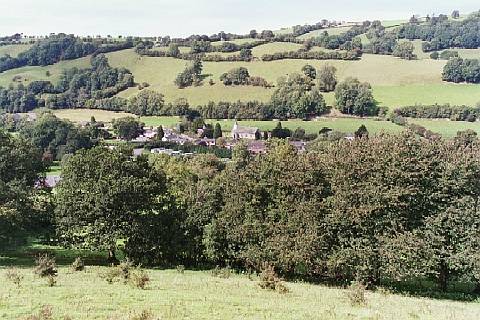 | 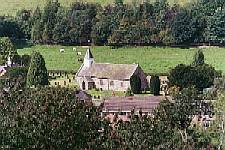 | 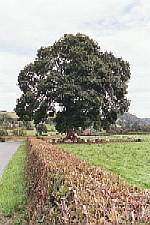 |
However R.S. did not depict pictures of just ordinary countrymen and women but the poor situation in Wales through them. He also described the hill farmer as "a symbol of the relationship that existed between man and the earth in the contemporary world of the machine," which would destroy the natural world, and "turned to taking an interest in the history of Wales."4
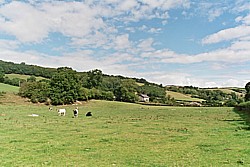 | ||
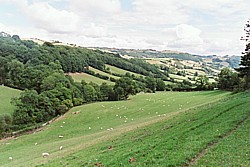 | 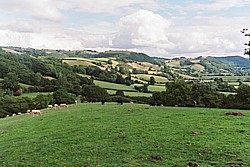 |
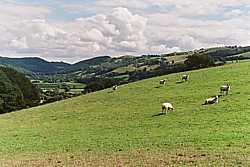 |
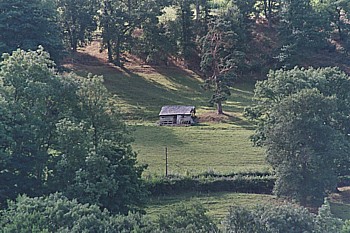 |
Therefore R.S. introduced Iago, the hill farmer who worked all day long without any a machine, as "your prototype" to the Welsh people ('A Peasant'). He also praised labour in the fields as a vocation given to people by God at the church services5 ("Then the Lord God placed a man in the Garden of Eden to cultivate it and guard it")6. But he was rejected from the farmer saying, "I don't know/ What you are talking about."('Invasion on the Farm').
He also depicted their brave fathers who fought against the strangers, i.e., the English. Yet the more he wrote the more one fact that after the failure of the revolution (1400-15) led by Owain Glyndwr, the last Welsh hero, no Welsh stood and fought to win independence from the English control distinctly appeared from the depth of 'Welsh History' -- "We were a people bred on legends, / Warming our hands at the red past. /.../ We were a people, and are so yet." Thus the gap between his ideal and reality bore tensions in his poetry.
In this village he published his first book, The Stones of the Fields (1946), and other three books of poetry.
His wife gave birth to their only son in August, 1945. He was named Gwydion after one of the main characters of 'Math Son of Mathonwy,' one of the stories of the oldest Welsh legend called The Mabinogion.
R.S. and his family spent 12 years here until one of his friends told him that the vicar of Eglwys-fach was retiring. Before long, they moved to the next parish.
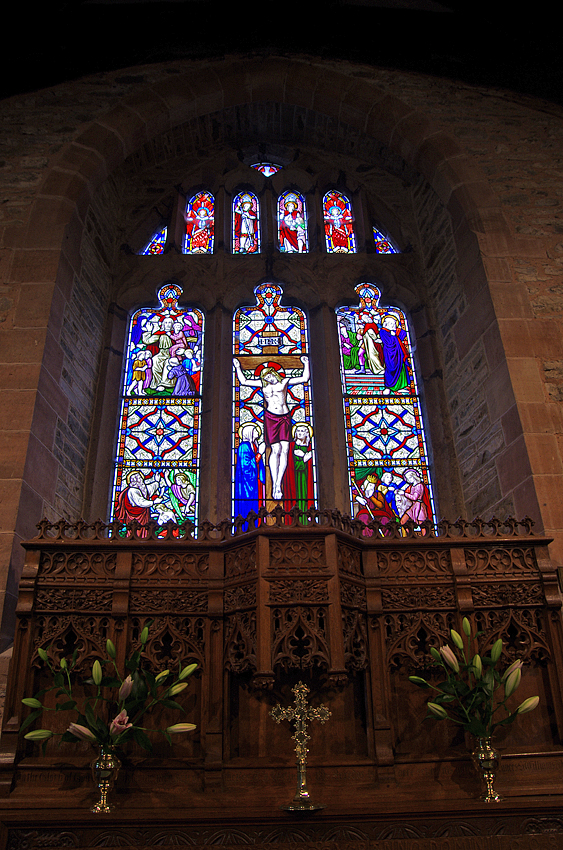
 The stained glass in the east window,
The stained glass in the east window,One of my great purposes of traveling in Wales in the summer of 2001 was to visit Manafon. A host of B&B in Llanfair Caereinion near Manafon kindly brought my friend and me to this small village by car. He set us down in front of a church, declaring there was no other building to see in this village. After he drove off, there was silence there. The silence was never broken, except for a black dog barking at me. The church stood firmly, surrounded by the hills. This was the church R.S. Thomas had served! I got really excited. I was also very impressed with silence there. I took out Song at the Year's Turning, a collection of poetry he had written here, and read some of them in the yard.
2003: my third visitIt was 1 September evening when I arrived there, starting in the same day's morning from Aberdaron, the tip of Lleyn Penninsula. It was a long drive day, which gave me a good and interesting experiences (see Plas-Y-Rhiw, Pentrefelin and Porthmadog & Eglwys-fach page). Although it was short that I could visit Manafon, I had a wonderful experience there. A family, who holds the key of the church this month, gave me a warm welcome and even guidance to the church inside! It was very interesting. Thank you very much, Sirs and Madam. ... You might find my name on the church's guest book.
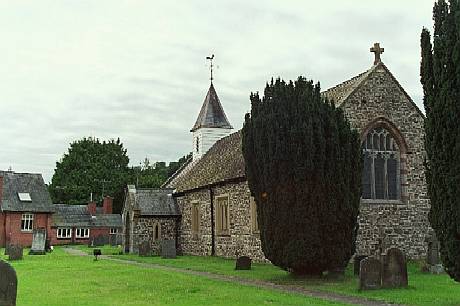
Although I have visited Manafon every a year since my memorial first visit, this time was the shortest one. In 2004 I travelled throughout Wales by myself just for a week, so I had no enough time to spend there. I set out from Newport, Gwent, for Welshpool, visiting Swansea, Bosherston, Cardigan and Aberystwys (follow my route on your map!), in just 3 days. In spite of this hard schedule, I wanted to visit Manafon. I stayed in Welshpool and the next morning I set out there and visited Powys Castle, a famous castle for its gardens. Then I dropped in on Manafon hills, on the way to Porthmadog via Dolgellau and Harlech. What a busy tripp, indeed!
I parked my car next to the church and went up a hill in front of it. I looked down at it for the first time. A church, some houses, a pub, and fields -- it was a very small village as R.S.Thomas wrote. It was small but very impressive to me. Without this village and its farmers, the collection of poetry entitled Song at the Year's Turning must not have been published. In other words, Manafon made the young rector an Anglo-Welsh poet. Now standing on the hill, I had the book in my hand and opened it without mindedness. It was 'Invasion on the Farm'. I thought I accutually was doing it.
Manafon lies between Llanfair Caereinion (near the Welshpool) and New Town. You need a car to visit this village. The River Rhiw flows through this small rural parish surrounded by hills. The church, the oldest and most important building in this area, is located near the river. This church stands along the main road. The rectory is now a private house and you can see the ash tree near it.
Although it is said that over a century the population declined from this rural area, now some new houses stand around the church. Eglwys-fach
Eglwys-fach